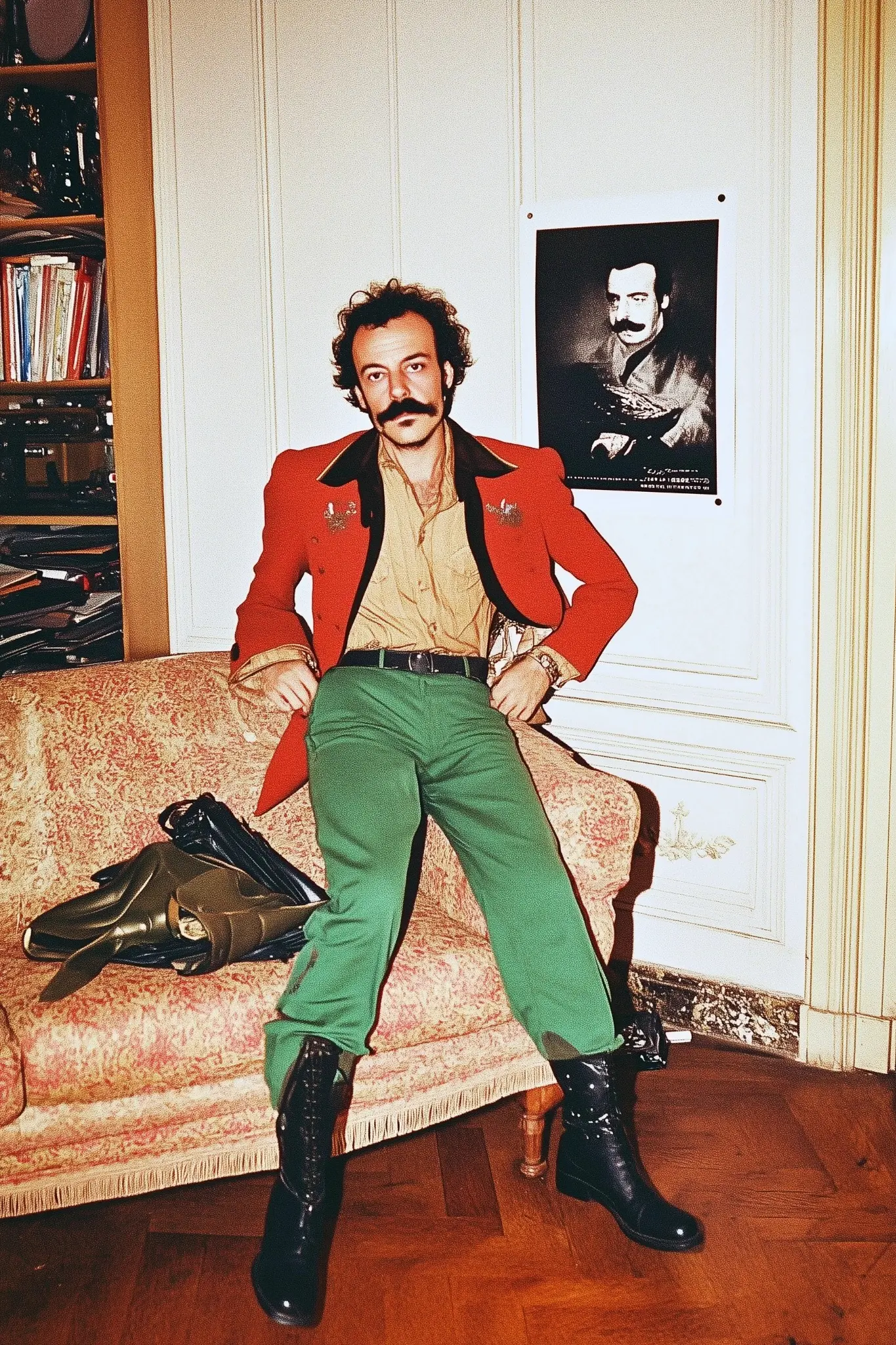What is FramePack AI Technology?
Revolutionizing Video Generation with FramePack
FramePack introduces an innovative approach to AI video generation, making high-quality diffusion models accessible. This 'frame pack' method optimizes memory usage drastically.
Leveraging PyTorch and inspired by work from innovators like Lvmin Zhang and lllyasviel, FramePack is pushing boundaries.
Open Source & Community Driven
Access the FramePack GitHub repository for the codebase, examples, and contribute to the future of free FramePack AI video creation.
Understanding FramePack: AI Video Transformation

So, what exactly is FramePack? At its core, FramePack is a groundbreaking AI platform designed to democratize video creation. It empowers users to transform static images or text prompts into dynamic, professional-quality videos using advanced video diffusion techniques. The magic of FramePack lies in its efficiency; it employs a unique 'frame pack' methodology, allowing complex models, like powerful 13B parameter video models, to run smoothly on consumer-grade hardware. Remarkably, FramePack requires only about 6GB of GPU VRAM to generate substantial video lengths, up to 1,800 frames at 30fps. This makes FramePack incredibly accessible, unlike many VRAM-hungry alternatives. It's a truly free FramePack experience for many users previously locked out of high-end AI video generation. The underlying technology builds upon robust frameworks like PyTorch, ensuring reliability and performance. Developed with insights from leading research, potentially referencing work related to Hunyuan models or concepts from lllyasviel and Lvmin Zhang, FramePack represents a significant leap. Whether you're looking for 'framepack free ai' solutions or a robust platform for experimentation, FramePack delivers. Its open-source nature, available on GitHub (search 'github framepack'), fosters community collaboration and transparency. You can integrate it with popular UIs like ComfyUI, expanding its usability. FramePack isn't just a tool; it's an ecosystem for creating stunning visuals without exorbitant hardware costs, embodying the 'free framepack' spirit while delivering professional results. FramePack truly bridges the gap between complex AI research and practical application.
The Technology Powering FramePack
Delving deeper into the technology, FramePack's efficiency stems from its innovative architecture. Key to this is the 'Constant Context Length' feature. FramePack compresses input frames intelligently, ensuring that the computational cost remains stable regardless of the final video's duration. This is a major advantage over methods where costs escalate with length. Built on the familiar and powerful PyTorch framework, FramePack benefits from its extensive tooling and optimization capabilities. It's designed for flexibility, supporting various attention kernels like PyTorch's native implementation, Xformers, Flash-Attention, and Sage-Attention, allowing users to accelerate FramePack based on their hardware. Progressive generation is another cornerstone; FramePack streams frames as they are produced. This provides immediate visual feedback, eliminating long waits for full renders and allowing for quicker iterations – a crucial factor for creative workflows. The project's commitment to openness is evident in its Apache-2.0 license and its availability on GitHub ('github framepack'). This encourages research, modification, and integration. Researchers like Lvmin Zhang and lllyasviel have contributed significantly to the field, and FramePack builds upon such foundational work. Its integration potential is vast, fitting seamlessly into Python pipelines or running via an intuitive Gradio app (often integrated within tools like ComfyUI). You can find models and examples on platforms like Civitai and Hugging Face, facilitating experimentation and fine-tuning. FramePack allows for high-batch training, similar to image models, leading to sharper motion capture. For those seeking a free FramePack AI tool that is performant, open, and adaptable, FramePack, with its PyTorch base and community support via GitHub and Hugging Face, is an exceptional choice.

Core FramePack Advantages

Ultra-Low VRAM
Run FramePack AI on 6GB VRAM GPUs, making video diffusion accessible on laptops.

Open & Free
Apache-2.0 licensed FramePack. Find the code and contribute on GitHub.

Fast Inference
Experience near real-time feedback with FramePack's optimized PyTorch performance.
Why Choose FramePack AI for Video Creation?
FramePack AI offers a unique combination of accessibility, performance, and openness. Generate high-quality videos on standard hardware (6GB VRAM!), get instant feedback, and leverage the power of an open-source PyTorch project available on GitHub. It's the ideal free FramePack solution for creators, researchers, and developers.
How to Use FramePack: A Quick Guide
Easy FramePack Setup
Get started by cloning the FramePack GitHub repository. Ensure you have PyTorch installed. Follow the simple setup instructions in the README. Many users integrate FramePack directly into environments like ComfyUI for a visual workflow. It's designed for a smooth start, making 'free framepack' accessible.
Generate Your First FramePack Video
Use the provided Gradio app or Python scripts. Input your starting image or text prompt. Configure basic settings like length and motion description. FramePack AI will begin generating frames progressively, leveraging the efficient 'frame pack' system. Watch your creation come alive almost instantly!
Advanced FramePack Customization
Explore different attention kernels (Xformers, Flash-Attention) for speed optimization. Dive into the FramePack codebase on GitHub to understand its modular PyTorch structure. Experiment with fine-tuning using your own datasets or models found on Civitai or Hugging Face for unique results.
Explore FramePack Resources
Join the FramePack community! Check the GitHub ('github framepack') issues and discussions. Find pre-trained models and examples on Civitai and Hugging Face. Share your FramePack creations and learn from others leveraging this powerful 'framepack free ai' tool.